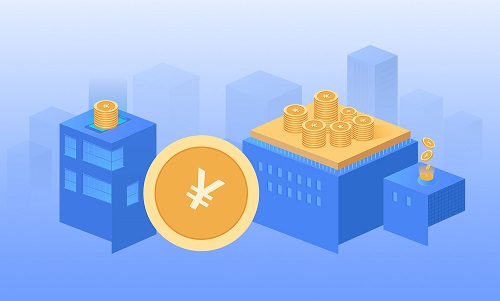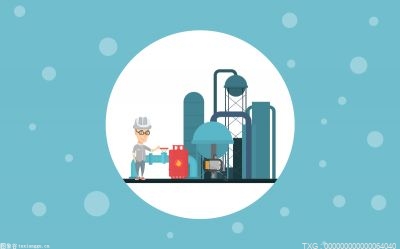 【资料图】
【资料图】
Credit: Visual China
BEIJING, July 11 (TiPost) – The year-on-year growth of China’s consumer price index (CPI) was unchanged in June from a year earlier, while the producer price index (PPI) fell by 5.4% year over year.
Data released by the National Bureau of Statistics (NBS) on Monday revealed that the year-on-year CPI growth rate in June dropped from 0.2% in May to 0%. The core CPI, which excludes food and energy prices, saw a year-on-year increase of 0.4%, marking a 0.2 percentage point decrease compared to the previous month. The PPI experienced a significant decline of 5.4% in the same month, reflecting a 0.8 percentage point decrease compared with the previous month. This is the lowest PPI level since January 2016. Both the year-over-year CPI and PPI growth fell below market expectations.
In terms of the year-on-year CPI growth, the decline in non-food prices in June dragged down the overall decline in CPI. Food prices rose by 1.3 percentage points to 2.3%, contributing a 0.55 percentage point increase to the CPI. Notably, prices of fresh vegetables, potatoes, fresh fruits, and poultry saw increases ranging from 4.3% to 10.8%. However, pork prices declined by 7.2%, which was 4.0 percentage points more than the value in the previous month, contributing a 0.09 percentage point decrease to the overall CPI. Non-food prices decreased by 0.6% from a flat rate in the previous month.
In terms of month-on-month comparison, the CPI decline remained at 0.2%, marking the fifth consecutive month of negative growth. Food prices decreased by 0.5% compared to the same month of the previous year, down by 0.2 percentage point from May and impacting the CPI by approximately 0.07 percentage point. Within the food category, the price of fresh vegetables rose from a 3.4% month-over-month decline in May to a 2.3% month-over-month increase in June. Prices of eggs, fresh fruits, pork, and seafood products experienced declines ranging from 1.2% to 2.6%. Non-food prices also fell by 0.1%, the same rate of decline as the previous month. The downward trend in international oil prices contributed to a 0.7 percent month-on-month decline for domestic energy prices in June, compared with 0.2 percent month-on-month decline in May. Additionally, due to factors such as promotional activities by merchants during the June 18 (618)shopping festival, the second largest and most important shopping festival in China, prices of industrial consumer goods, excluding energy, fell from a flat rate in the previous month to a decline of 0.3%.
On a year-on-year basis, the PPI experienced a decline of 5.4% in June 2023, compared with a 4.6 % decline in the same period of 2022. The decline was primarily driven by a 6.8% decrease in prices of means of production, compared with a 5.9% decline in the same period of 2022. Meanwhile, prices of consumer products fell by 0.5%, down by 0.4% from the same period of 2022. The year-on-year decline was largely attributed to the continuous decrease in prices in industries such as oil, coal, and others. However, certain industries, including arts, crafts, sports and recreational goods manufacturing, aircraft manufacturing, medical instruments and equipment manufacturing, electricity and heat production and supply, and textiles and garments, witnessed year-on-year price increases.
On a month-on-month basis, the PPI declined by 0.8% in June, which was 0.1 percentage points narrower than the previous month. The price of means of production fell by 1.1%, indicating a 0.1 percentage point narrower decline, while consumer products prices decreased by 0.2%, the same rate of decline as the previous month. The domestic prices of related industries were affected by falling international crude oil prices and fluctuations in non-ferrous metal prices. Industries such as coal, iron, and steel faced oversupply and weak demand, resulting in continued price declines. However, certain technology-intensive industries like aircraft manufacturing, intelligent consumer equipment manufacturing, and medical instruments and apparatus manufacturing witnessed price increases. Additionally, the prices of wind power and solar power rose by 2.6% and 1.4% respectively.














































































